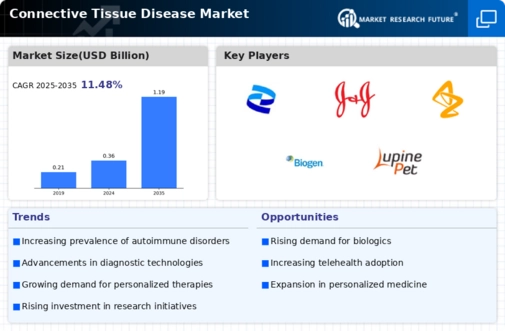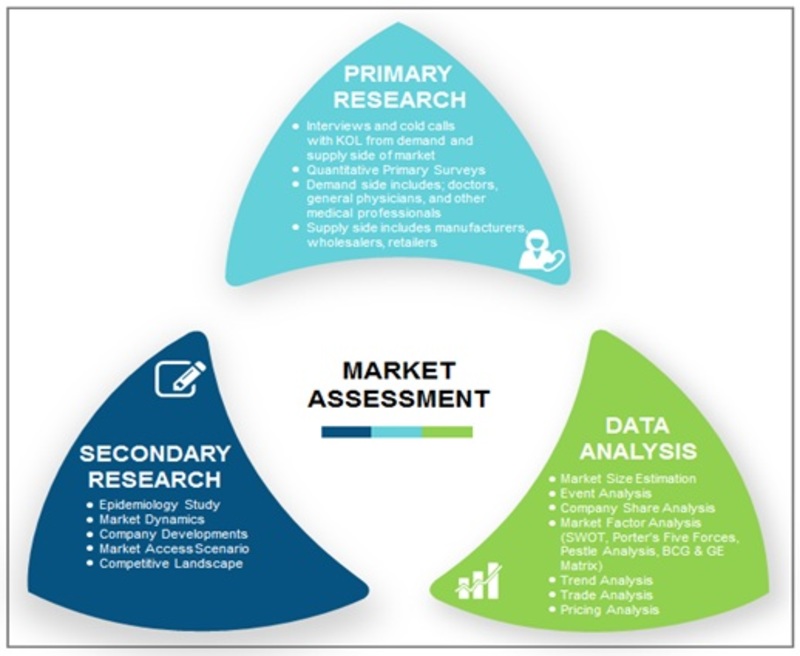Market Trends
Key Emerging Trends in the Connective Tissue Disease Market
The market for Connective Tissue Diseases (CTDs) is evolving rapidly due to medical research, new diagnostic technologies, and a greater understanding of their complexity. SLE and RA present several challenges that keep researchers and physicians trying to better diagnosis, therapy, and patient care. Connective Tissue Disease treatment using tailored medication is growing in popularity. More research is being done on targeted immune system or inflammatory medicines. The objective is to improve therapeutic efficacy and reduce negative effects. Diagnostic variables are crucial for early detection and monitoring of Connective Tissue Diseases. Market trends suggest that scientists are still searching for biomarkers to assist clinicians diagnose illnesses, monitor their activity, and make treatment choices for more tailored and precise care. Biologics and biosimilars are growing in Connective Tissue Diseases. These drugs target certain immune system elements. They provide innovative treatments that may improve disease management and reduce adverse effects. As more individuals utilize internet services, Connective Tissue Disease care is evolving. Telehealth makes it simpler for patients to seek specialist treatment, chat remotely, and monitor their symptoms. Long-term patients benefit from this. As individuals learn how nutrition and lifestyle may cure Connective Tissue Diseases, the industry is turning to non-drug treatments. Treatment approaches include diet, exercise, and stress management recommendations to enhance patient outcomes. Patient education and support groups are increasingly crucial to connective tissue disease treatment. These programs provide patients information, skills, and support networks to empower them, help them adhere to their treatment regimens, and overcome chronic illness challenges. Gene therapy research is hot in connective tissue disorders. Scientists are investigating gene-based approaches to modify genetic variables that cause connective tissue illnesses. This may lead to novel treatments. The Connective Tissue Diseases market emphasizes clinical trials and research collaborations worldwide. Drug firms, research institutions, and health care organizations collaborate globally to develop novel therapies and better understand these complex diseases. Regulatory systems and orphan medication labeling affect Connective Tissue Disease market dynamics. Research and development incentives, shorter approval procedures, and regulator assistance make novel medicines simpler to market.


















Leave a Comment